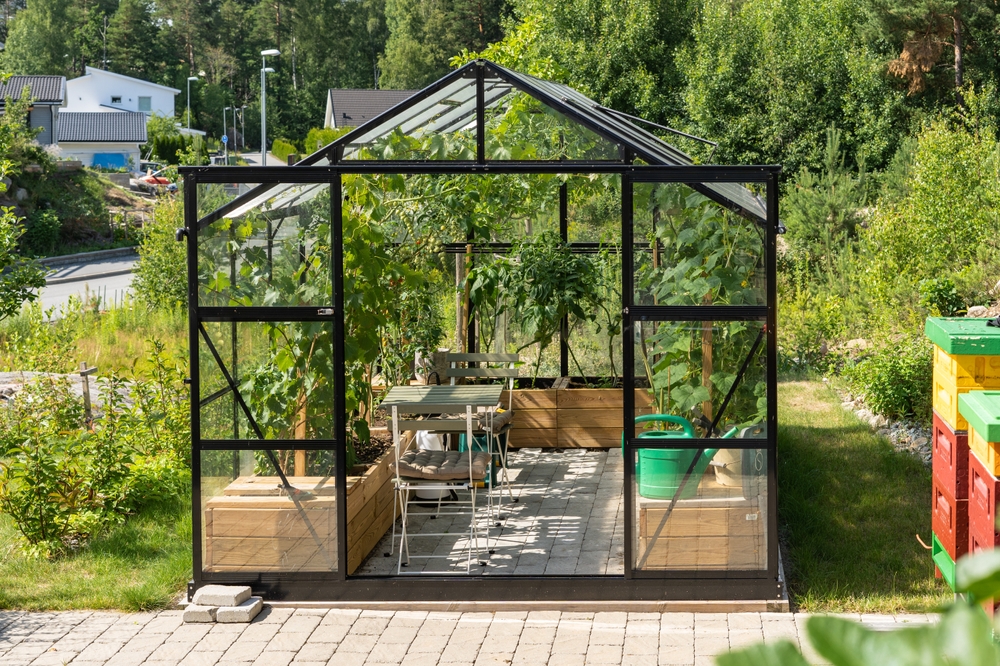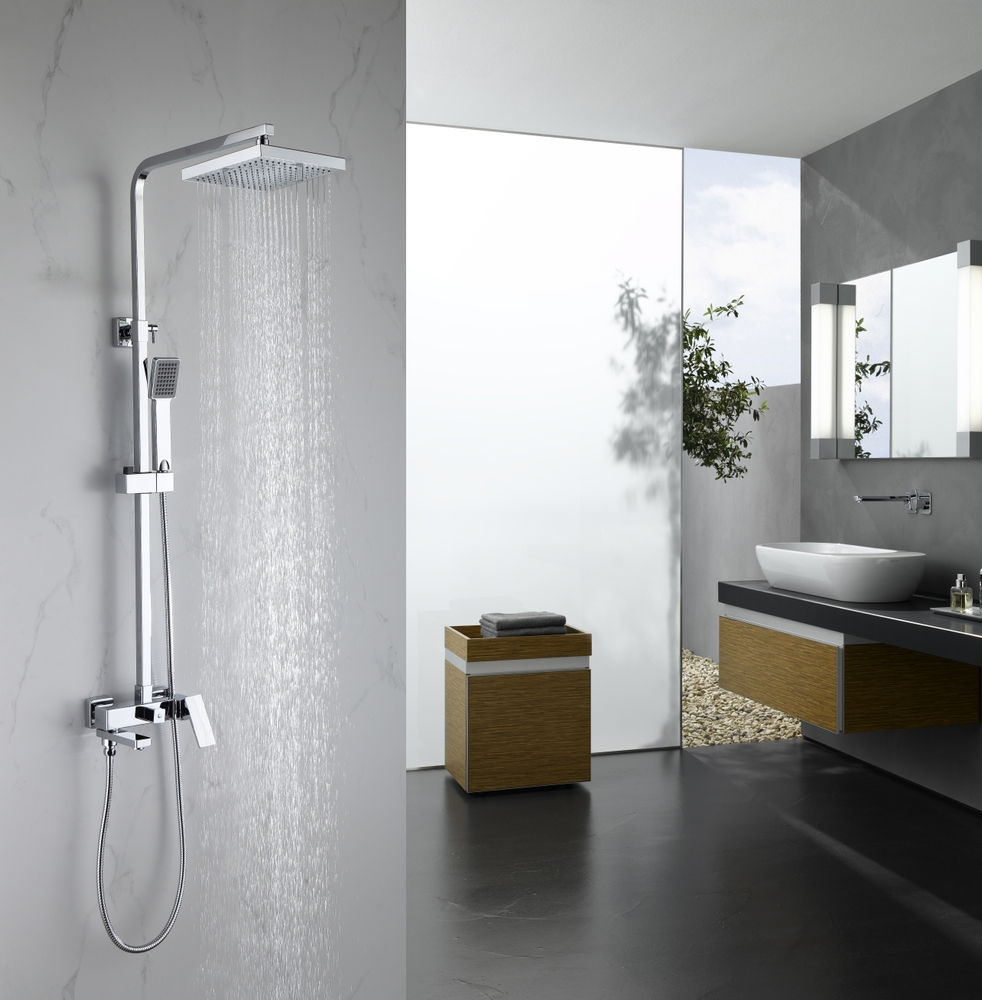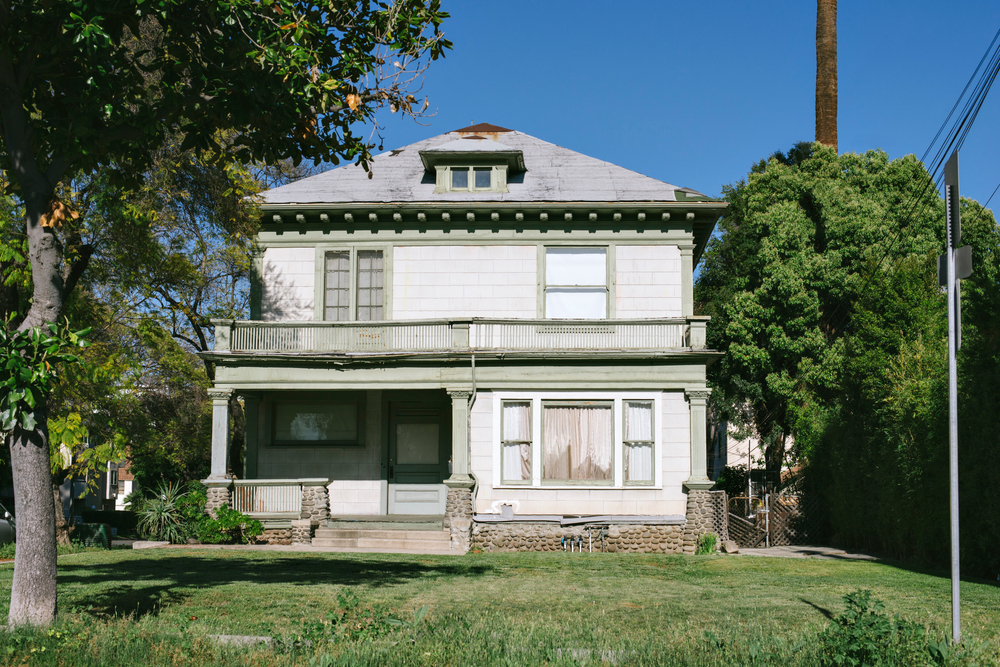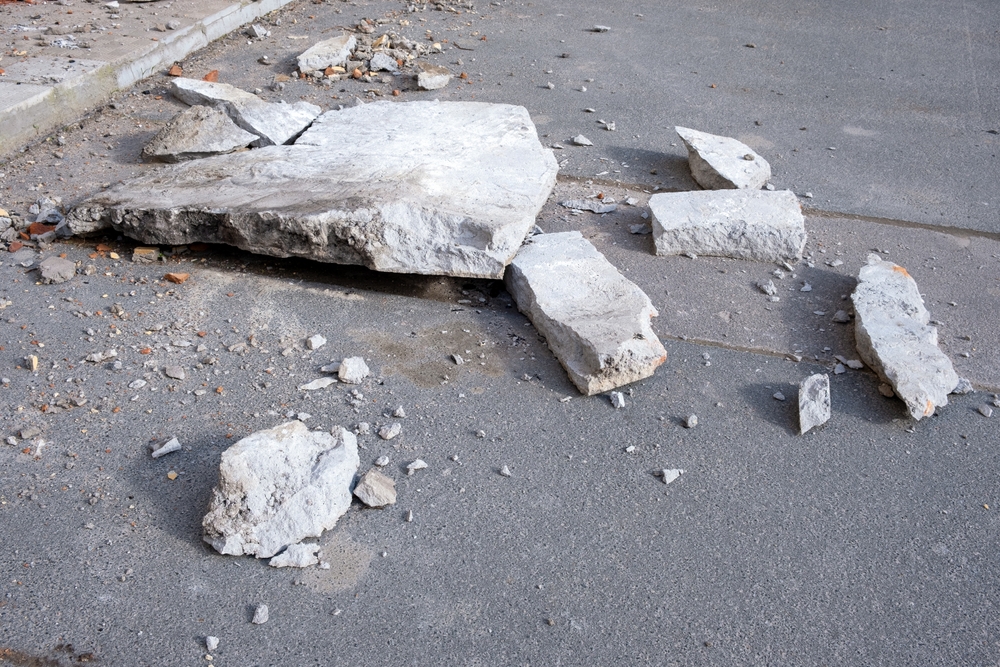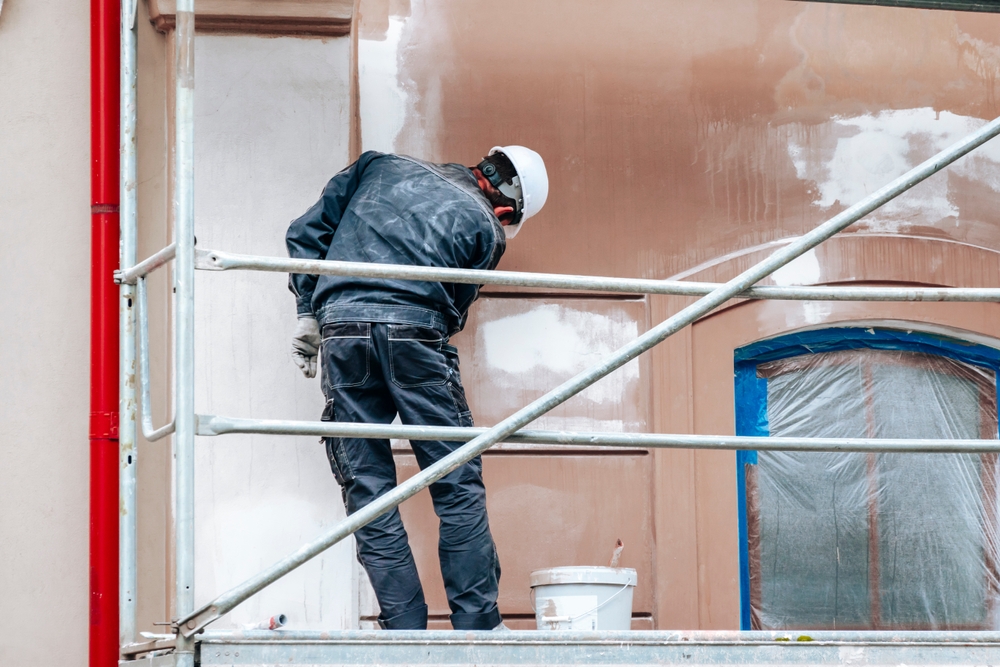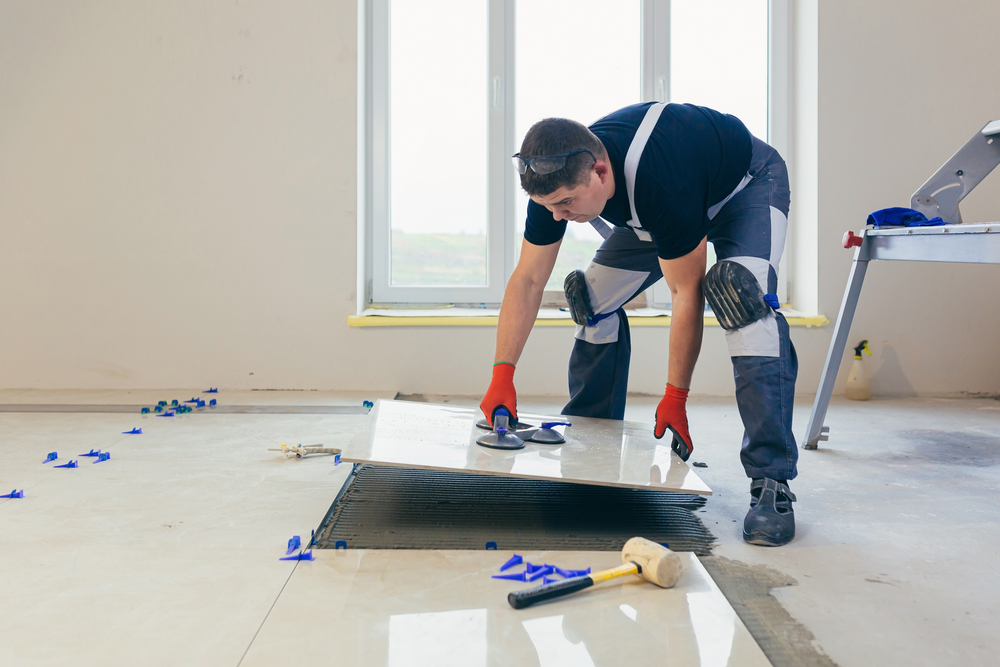February 7, 2024 - Benjamin Ehinger
Tub to Shower Conversion: A Step-by-Step Guide for Modern Bathrooms
CALL NOW 844-762-8449
Upgrading your bathroom with a tub to shower conversion can breathe new life into your personal space, potentially increasing both its functionality and aesthetic appeal. By transitioning from a tub to a shower, you gain the opportunity to modernize your bathroom, tailor it to your preferences, and even make it more accessible. This is a project that requires careful planning, but the benefits of a well-executed conversion are substantial, from the efficient use of space to the modern features you can incorporate.
Choosing to embark on this transformation involves several important considerations, such as determining the right design, the types of materials that best suit your needs, and understanding the steps involved in the process. You will need to assess your current bathroom layout, select fixtures and finishes that match your style, and ensure that all the necessary tools are available for the work ahead. While this endeavor may seem daunting, with the right approach, you can elevate your bathroom and create a more spacious, refreshing environment.
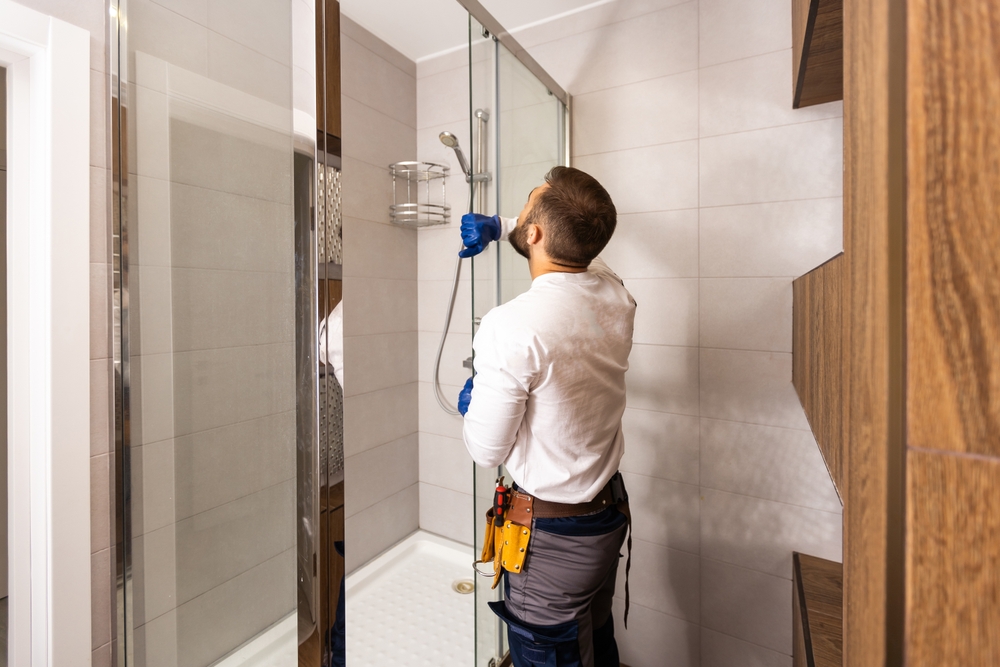 The tub to shower conversion involves several detailed steps. Your project success hinges on proper installation of the new shower pan or base, ensuring the area is watertight with correct tiling and waterproofing, and meticulously fitting fixtures and accessories for usability and aesthetics.
The tub to shower conversion involves several detailed steps. Your project success hinges on proper installation of the new shower pan or base, ensuring the area is watertight with correct tiling and waterproofing, and meticulously fitting fixtures and accessories for usability and aesthetics.
Key Takeaways
- A tub to shower conversion modernizes your bathroom and can improve its functionality.
- Proper planning and selecting the right materials are essential for a successful conversion.
- Knowledge of the installation process and final clean-up is necessary for a polished finish.
Planning Your Tub to Shower Conversion
When transforming your bathroom, precise planning is essential to ensure the new shower fits seamlessly into your space, complements your home’s style, and stays within budget.Assessing Bathroom Layout and Space
Evaluate your current bathroom layout to determine the feasibility of a tub-to-shower conversion. Consider the placement of existing plumbing and fixtures. Remember, you may need professional advice to understand the specific dimensions required for a shower. Your bathroom’s layout decides whether a straight swap is possible or if more extensive modifications are needed.Choosing a Shower Design
Once you’ve established the space, pick a shower design that matches your preferences and the bathroom’s aesthetic. You might opt for a walk-in shower with a minimalist glass panel or a more enclosed, framed option. Consider the type of showerhead, tiling, and whether you desire built-in shelves or a bench.Setting a Budget
Your budget needs to cover all aspects of the conversion, from demolition to installation and finishing touches. Get at least three quotes to compare costs. Here’s a simplified cost breakdown to help you plan:- Demolition and Removal: Costs vary depending on your region and the tub’s material.
- Plumbing: Adjustments could be minor or significant if you’re changing the shower’s location.
- Materials: Price out all the components of your new shower, including tiles and fixtures.
- Labor: Don’t overlook the cost of skilled tradespeople, as expert installation ensures longevity.
Required Materials and Tools
When undertaking a tub to shower conversion, it’s crucial you have all the necessary materials and tools in hand before beginning the project. This ensures a smooth process and helps prevent delays.Gathering Materials
Your material list should include:- Shower Pan: The base of your new shower. Ensure it’s the correct size for your bathroom space. The Essential Materials Needed for Converting a Bathtub to a Shower outlines that you need a shower pan that fits both your needs and budget.
- Shower Doors or Curtains: Depending on your preference and budget, choose between a glass door or a curtain for privacy and water containment.
- Tiles or Shower Surround: For the walls, you’ll want to select tiles or a shower surround that matches your aesthetic and function requirements.
- Plumbing Fixtures: These include a showerhead, faucet, and necessary valves or controls. Choose fixtures that align with your bathroom’s design and offer the desired water pressure and temperature control.
- Drain Assembly and P-Trap: Critical for proper water drainage and to prevent sewage gases from entering through the shower drain.
Selecting the Right Tools
Your tool kit should consist of:- Measuring Tape: For precise measurements of the space and materials.
- Level: To ensure your shower pan and tiles are perfectly horizontal.
- Pipe Wrench: Necessary for adjusting any plumbing.
- Screwdrivers: Both flathead and Phillips head, for various fixtures and hardware.
- Tile Cutter or Saw: If you’re tiling the area, you’ll need a cutter or saw to fit tiles properly.
- Caulking Gun and Silicone Sealant: Critical for sealing the edges and preventing water leakage.
Demolition and Removal
When initiating a tub to shower conversion, the demolition and removal step is crucial for preparing your bathroom space. This process involves meticulously dismantling the existing bathtub and managing the aftermath, which includes handling substantial debris and ensuring that plumbing and electrical systems are appropriately addressed.Get a Roll Off Dumpster Rental for the Waste
To manage the debris from your demolition efficiently, consider a roll off dumpster rental. The capacity of dumpsters varies, but a 20-yard dumpster rental is often suitable for a residential bathroom remodel. Coordinate the rental period to match the scope and timing of your project for maximum convenience.Removing the Bathtub
Removing your bathtub requires careful steps to avoid damage to your bathroom. First, disconnect any plumbing attached to the tub. Once plumbing is disconnected, you might need to remove tile and drywall around the tub. With the walls and plumbing taken care of, you can move on to physically removing the tub. This may require cutting the tub into more manageable pieces, especially if it’s made from heavy materials like cast iron or steel.Handling Plumbing and Electrical Work
Once the tub is out, plumbing modifications may be needed to accommodate your new shower design. Addressing the plumbing often involves sealing off certain pipes or installing new valve assemblies. If your project includes new lighting or an upgraded electrical feature, ensuring electrical work complies with local codes is essential. Always have a professional handle the plumbing and electrical work to prevent leaks or faults that could lead to serious issues.Installation Process
 The tub to shower conversion involves several detailed steps. Your project success hinges on proper installation of the new shower pan or base, ensuring the area is watertight with correct tiling and waterproofing, and meticulously fitting fixtures and accessories for usability and aesthetics.
The tub to shower conversion involves several detailed steps. Your project success hinges on proper installation of the new shower pan or base, ensuring the area is watertight with correct tiling and waterproofing, and meticulously fitting fixtures and accessories for usability and aesthetics.
Installing Shower Pan or Base
First, you’ll need to remove the existing bathtub and prepare the subfloor, which must be level before you install the new shower pan. The pan’s drain must align with the existing plumbing, and you’ll need to secure the pan in place following the manufacturer’s guidelines, often using a mortar base.Tiling and Waterproofing
Once the base is set, it’s time for tiling and waterproofing. Remember to use a waterproof membrane to protect against water damage. Tile the walls, starting from the shower pan upwards, and ensure the tiles are evenly spaced and cut to accommodate fixtures. Grout and seal all tile joints after setting.Fitting Fixtures and Accessories
Lastly, install all the necessary fixtures and accessories including the shower valve, head, and controls, as well as any shelving or grab bars. Double-check that all connections are secure and there are no leaks. Accessories should be installed at a comfortable height for accessibility.Final Touches and Clean-Up
After your tub-to-shower conversion is nearly complete, it’s critical to ensure all details are addressed for optimal functionality and aesthetics.Sealing and Caulking
Properly sealing your new shower is paramount to prevent water damage. You should apply a silicone-based caulk around edges, fixtures, and where the shower base meets the walls. Ensure the caulk is smooth and covers any gaps thoroughly, allowing it to dry for at least 24 hours before using the shower.Final Inspection and Cleaning
Before you enjoy your new shower, conduct a thorough inspection to check for leaks, proper fixture installation, and any missed spots in the caulking. Once satisfied, clean the area to remove debris and dust from the conversion process. Wipe down all surfaces, including glass and tiles, and dispose of any trash or tools properly.Frequently Asked Questions about a Tub to Shower Conversion
Before starting your tub to shower conversion, you may have some questions about costs, the process, service providers, conversion kits, design ideas, and project timelines.What are the typical costs associated with converting a bathtub to a shower?
The cost of a tub-to-shower conversion can vary widely, ranging from $1,200 to $8,000, and averages around $3,000. Crucial factors influencing price are the materials used, labor rates, and necessary plumbing adjustments.What steps are involved in the process of converting a tub to a shower by oneself?
If you’re considering a DIY approach, be prepared for multiple steps that include tearing out the tub, installing a new shower base, doing necessary plumbing jobs, and finishing with wall surround installation.Which companies are known for providing the best services for tub to shower conversions?
Companies like The Home Depot offer specialized services in tub to shower conversions, promising a blend of convenience, quality, and accessibility through their easy bath makeover services.What should one consider when choosing a bath to shower conversion kit?
Select a conversion kit that fits your space and meets your aesthetic preferences. Make sure it includes the necessary components for a complete transformation and consider the durability of materials and ease of installation.What are some creative ideas for converting a tub to a shower that maximize space and functionality?
For a space-saving and functional design, consider options like corner showers or a walk-in shower with a glass enclosure that creates the illusion of more space while providing practicality.Can a tub to shower conversion be completed in one day, and what factors might affect the timeline?
While some conversions can be completed in a day, factors such as bathroom size, complexity of the project, and unexpected plumbing issues may extend the timeline. It’s essential to consult with professionals to get a realistic estimate.RECENT BLOGS
Our Reviews
Glenda Lanier Prowell
1721758635
I have ordered an 11 yard dumpster to be delivered to my house.Lonier was extremely helpful and answered all my questions. The rate was very reasonable.
Cedric Smikle
1721660395
Amber was extremely professional and courteous. She answered all of my questions and even some that I didn’t know I needed to ask.
Cait Kaider
1721243051
I highly recommend Waste Removal USA for their responsiveness and how the staff work hard to provide exceptional customer service. They have done well by us and our clients. Thank you!
Easom Family
1721223306
Louiner Pierre-Louis Is awesome! Did a great job. Will definitely be using this same company for all my dumpster needs because of his awesome customer service! Thank you!!!
tabitha Vazquez
1720539988
Wonderful and fast customer service!
LATEST BLOGS
